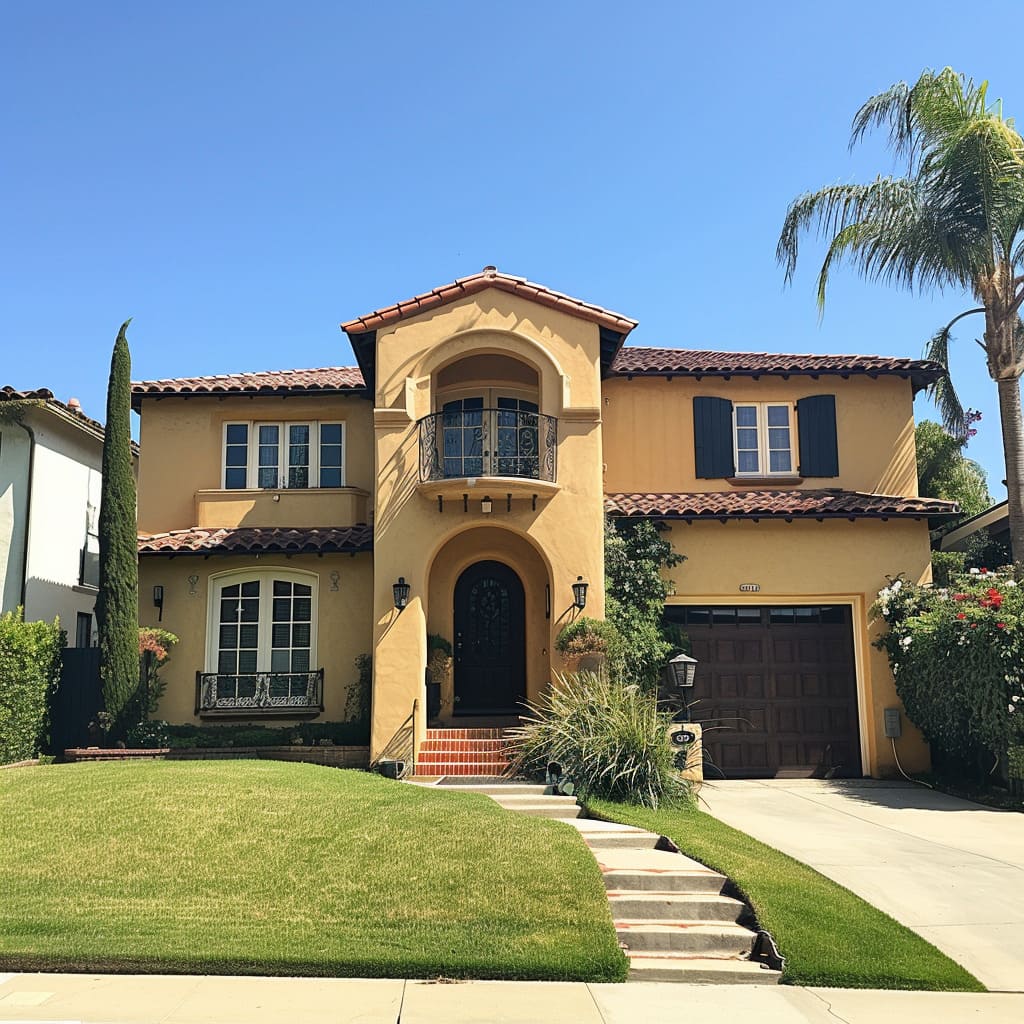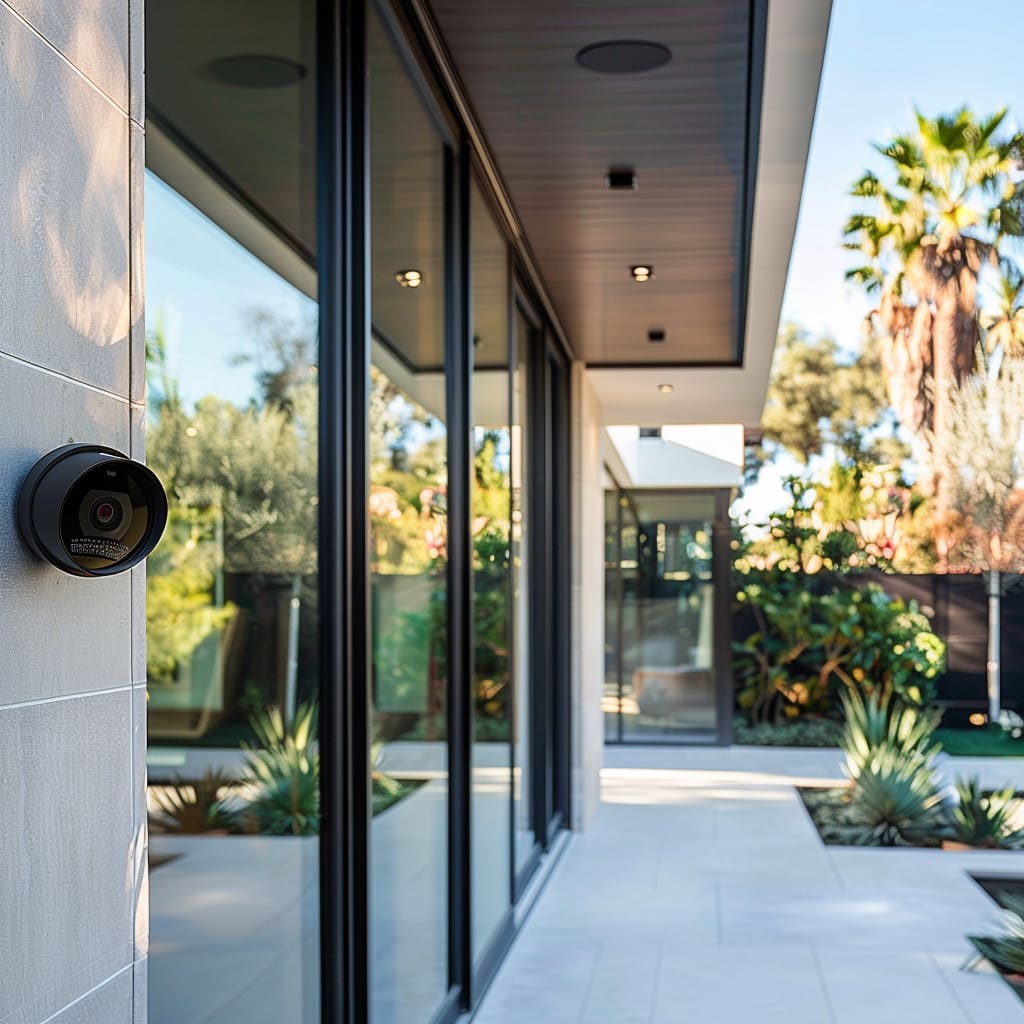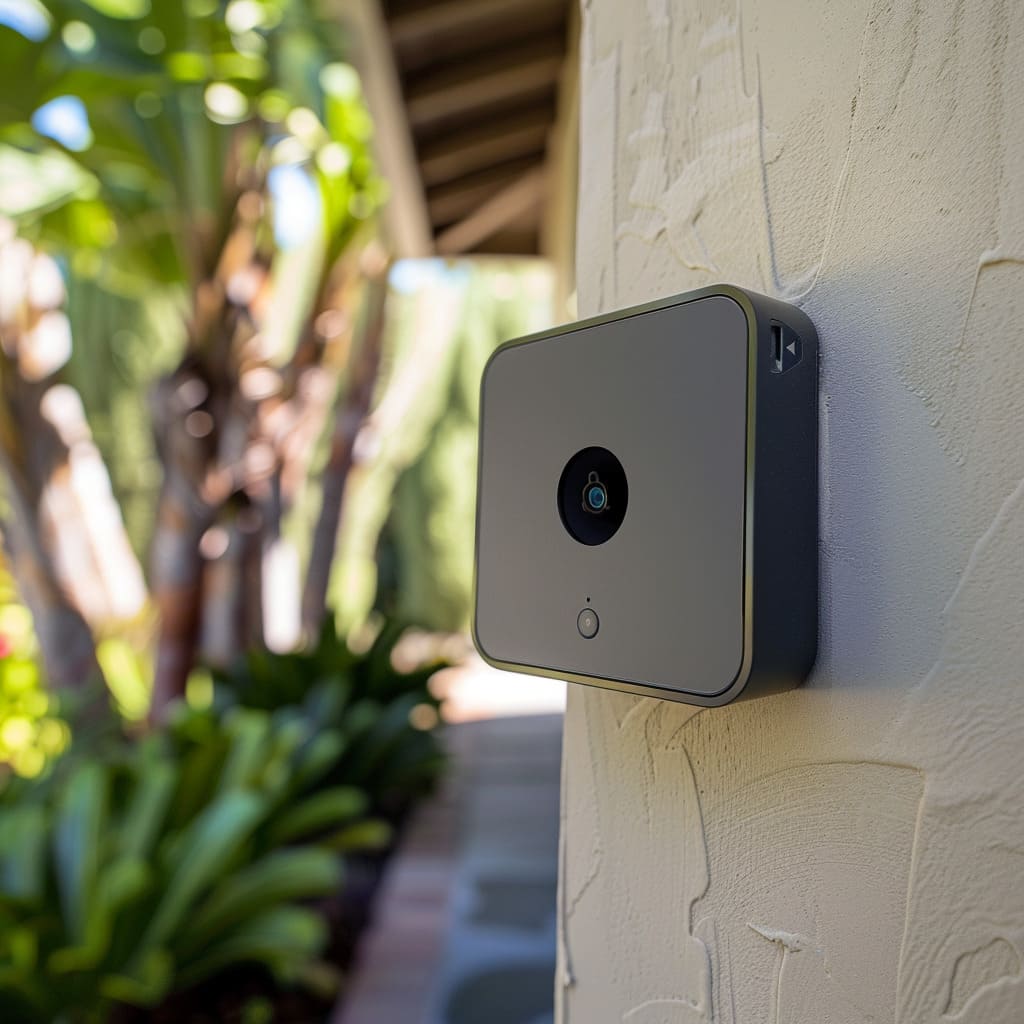In today’s world, keeping our homes safe has become more important than ever. With the rise of technology, remote monitoring systems have become a popular choice for homeowners. These systems allow you to watch over your home even when you are not there. They can give you peace of mind and help protect your family and belongings. In this article, we will explore why remote monitoring systems are essential today and how they can benefit you.


What is a Remote Monitoring System?
A remote monitoring system is a set of devices and software that help you keep an eye on your home from a distance. These systems often include cameras, sensors, and alarms that connect to your smartphone, tablet, or computer. You can see live video, receive alerts, and control the system remotely. This technology has made home security more accessible and effective than ever before.


Benefits of Remote Monitoring Systems
- Enhanced Security
The primary benefit of a remote monitoring system is enhanced security. With cameras placed around your home, you can monitor all areas, including the front door, backyard, and even inside the house. If someone tries to break in, you will receive an instant alert on your phone. This allows you to take action quickly, such as calling the police or sounding an alarm.
- Peace of Mind
Knowing that you can check on your home at any time gives you peace of mind. Whether you are at work, on vacation, or just running errands, you can ensure that everything is safe. This is especially important for families with children or elderly members. You can check if your kids arrived home from school safely or if your elderly parents are okay.
- Deterrence of Crime
Visible cameras and alarms act as a deterrent to criminals. Most burglars will avoid homes with security systems because they do not want to get caught. The mere presence of a camera can make a thief think twice before attempting a break-in.
- Emergency Response
Remote monitoring systems can also help in case of emergencies like fires or gas leaks. Many systems come with smoke and carbon monoxide detectors that alert you immediately if there is a problem. This early warning can save lives and prevent significant damage to your home.
- Convenience and Control
Modern remote monitoring systems offer a high level of convenience. You can control the system with your smartphone, adjusting settings and checking footage from anywhere. Some systems even allow you to lock or unlock doors remotely, turn lights on or off, and control other smart home devices.
- Cost-Effective
Investing in a remote monitoring system can be cost-effective in the long run. It can lower your home insurance premiums because many insurance companies offer discounts for homes with security systems. Additionally, preventing theft and damage can save you a lot of money.
- Easy Installation
Many remote monitoring systems are easy to install and do not require professional help. Wireless cameras and sensors can be set up quickly, and the software is usually user-friendly. This means you can have your system up and running in no time.


Types of Remote Monitoring Systems
There are various types of remote monitoring systems available, each with its features and benefits.Exploring the various remote home monitoring systems available can help you choose the right combination of devices to protect your property. Here are a few common ones:
- Security Cameras
Security cameras are the most basic component of any remote monitoring system. They come in different types, such as indoor, outdoor, and doorbell cameras. These cameras provide live video feeds and can record footage for later viewing.
- Motion Sensors
Motion sensors detect movement within a specified area. When they sense motion, they trigger an alert or an alarm. These sensors are great for detecting intruders and can be placed around doors, windows, and other entry points.
- Smart Alarms
Smart alarms integrate with your remote monitoring system to alert you of any suspicious activity. They can be programmed to sound a loud alarm or send a silent alert to your phone. Some alarms also have built-in cameras and lights to enhance security.
- Environmental Sensors
These sensors detect environmental hazards like smoke, fire, carbon monoxide, and water leaks. They provide early warnings to help you address the issue before it becomes a major problem.
- Smart Locks
Smart locks allow you to lock and unlock your doors remotely. You can also give temporary access codes to guests or service providers, ensuring your home remains secure while you are away.


Choosing the Right System
When choosing a remote monitoring system, consider the following factors:
- Coverage
Determine the areas you want to monitor. A comprehensive system will cover all entry points, including doors, windows, and the garage. It should also include indoor and outdoor areas. - Features
Look for a system with features that meet your needs. For example, if you travel often, a system with remote access and control is essential. If you have pets, consider motion sensors that can distinguish between humans and animals to avoid false alarms. - Budget
Remote monitoring systems come in various price ranges. Set a budget and find a system that offers the best features within that range. Remember that investing in a good system can save you money in the long run. - Ease of Use
Choose a system with a user-friendly interface. The app or software should be easy to navigate, and the installation process should be straightforward. - Customer Support
Good customer support is crucial. Look for a company that offers reliable customer service and technical support. This can be helpful if you encounter any issues with your system.


Conclusion
In conclusion, remote monitoring systems are essential for modern home security. They provide enhanced security, peace of mind, and convenience. With various options available, you can find a system that fits your needs and budget. Investing in a remote monitoring system is a smart decision that can protect your home, family, and belongings. As technology continues to advance, these systems will become even more effective and accessible, making them a valuable addition to any home.



